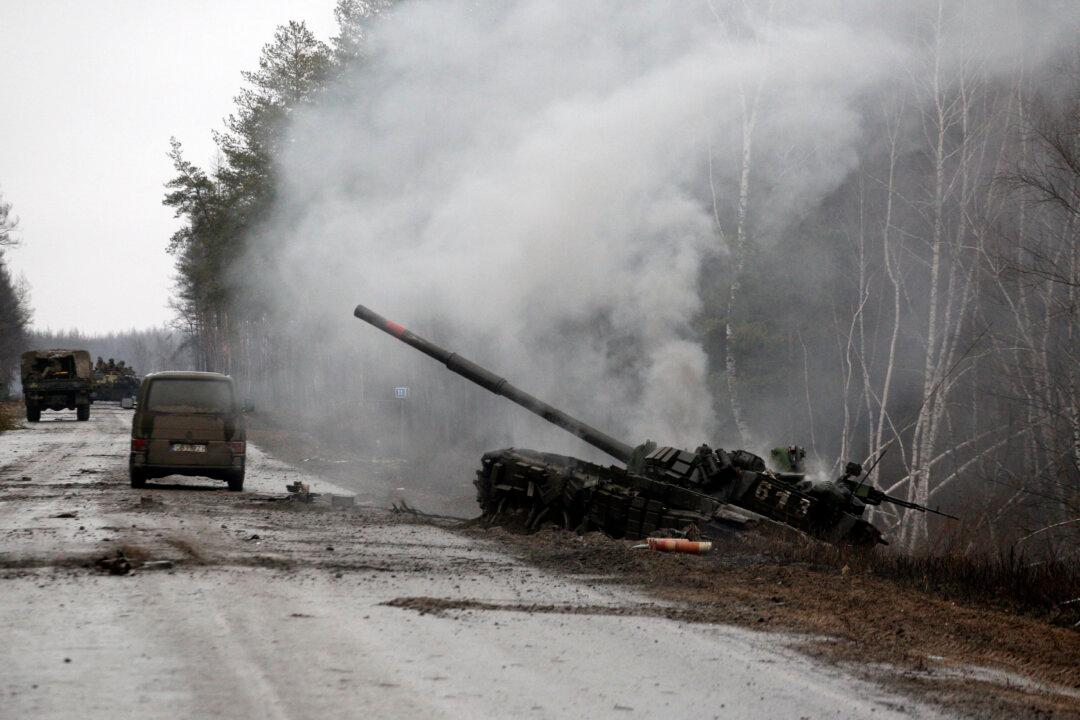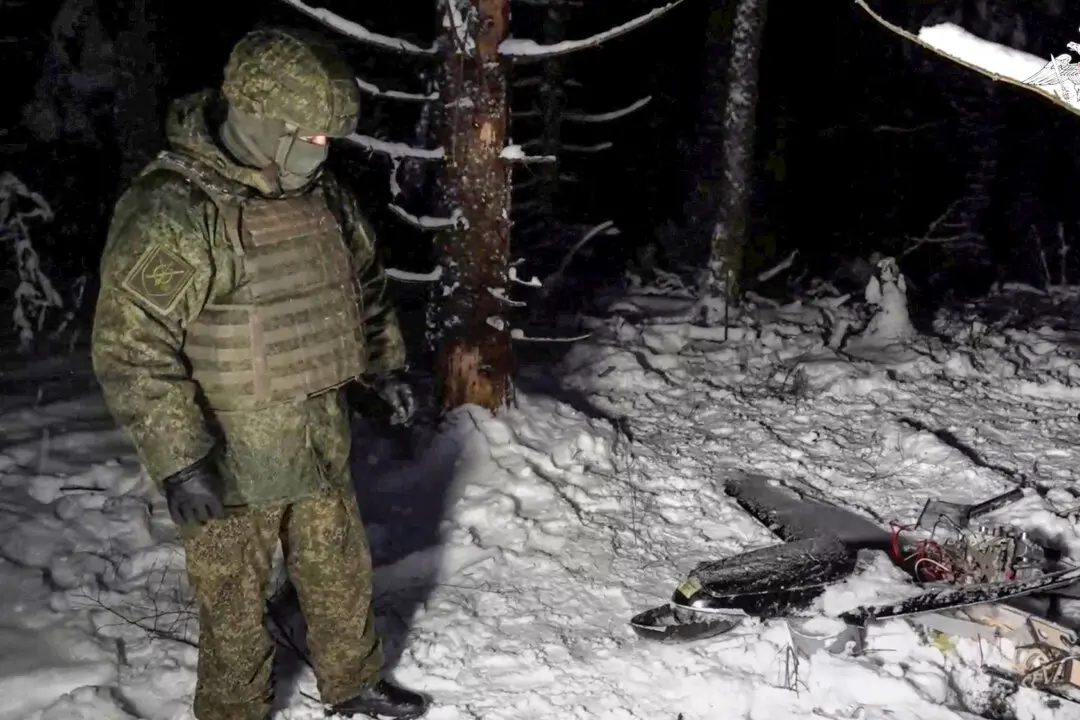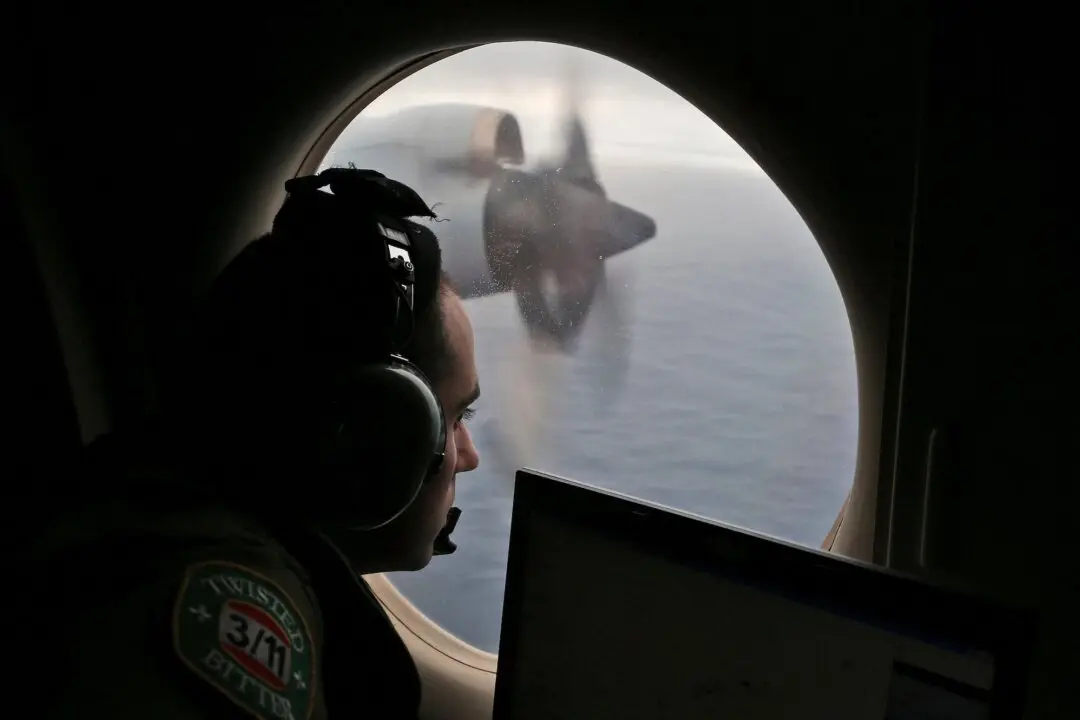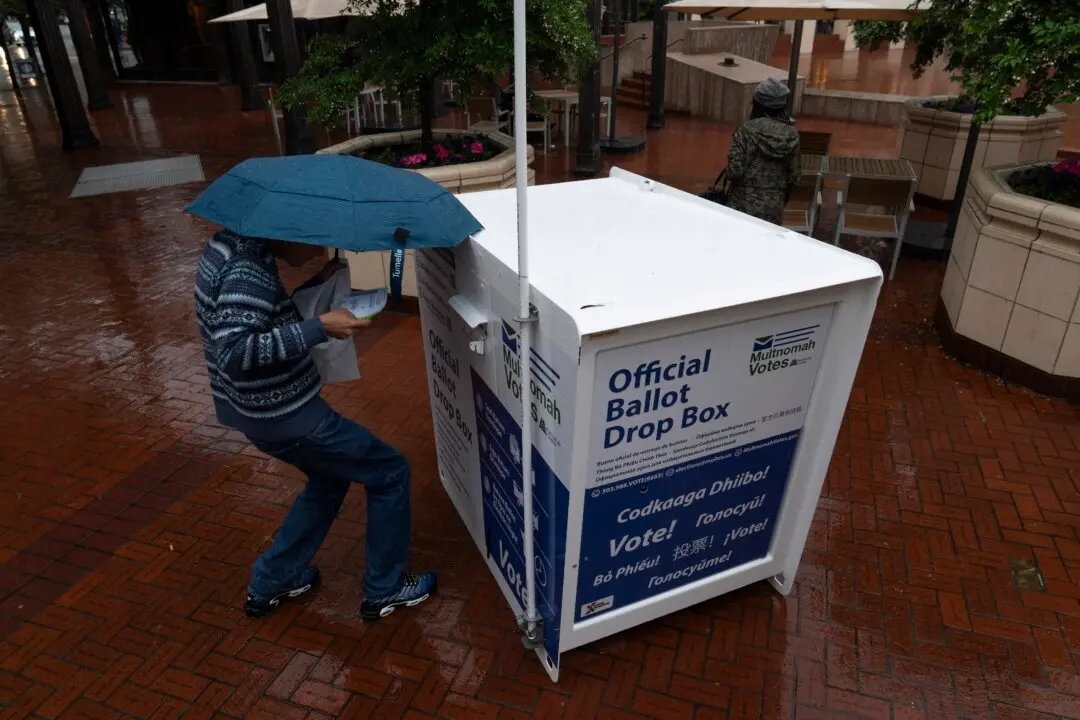Ukraine’s National Defense Council has released an update to its tally of Russia’s combat losses in its war against Ukraine, claiming that the number of Russian troops killed in the fighting has risen above 10,000.
Besides the number of troop deaths climbing above 10,000 for the first time since Russia launched a multi-pronged invasion against its neighbor ten days ago, Ukraine’s defense council said Russian forces have lost 945 armored patrol vehicles, 269 tanks, 105 artillery systems, 40 helicopters, and 39 airplanes.





